It's time to book a facial if you haven't experienced the benefits of facials yet. Similar to massages for the body, facials are tailored to focus on your face and can enhance your skin health, taking your natural glow to the next level. Yes, it's a luxurious treatment that often comes with a high price tag, but it's one treatment estheticians and dermatologists agree should definitely be in your skincare routine. Here are 11 reasons why:
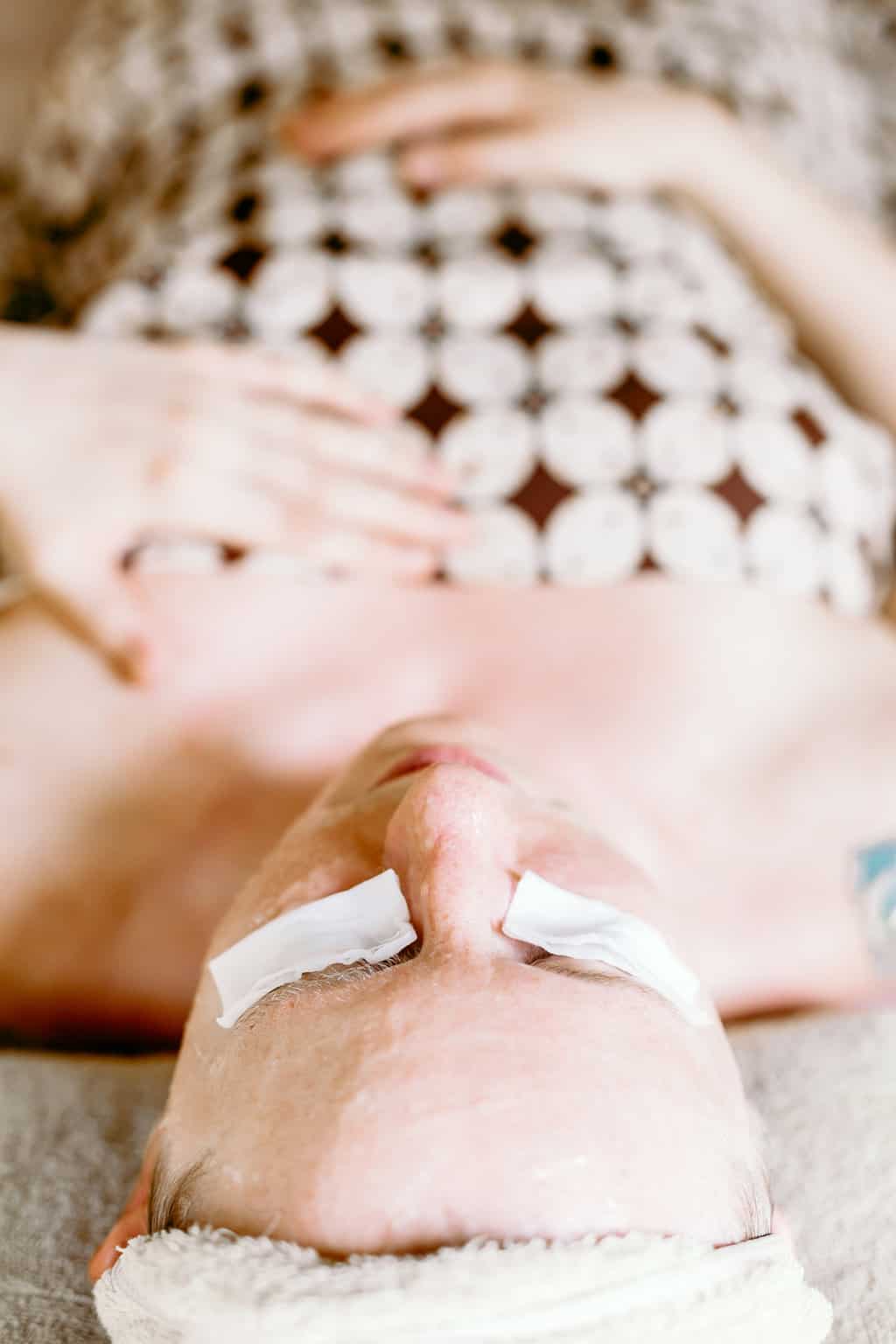
Meet the Experts
Olivia Alatorre, founder of The Body Lab and host of the Beauty in the ‘Burg podcast
Edyta Jarosz, a master aesthetician at the Shafer Clinic Fifth Avenue
Mariano Busso, M.D., a dermatologist and founder of the Miami Rejuvenation Institute
Marisa Garshick, M.D., a dermatologist at Medical Dermatology & Cosmetic Surgery
Brendan Camp, M.D., a dermatologist at Medical Dermatology & Cosmetic Surgery
What is a facial, exactly?
A facial is a multi-part treatment for the skin that typically addresses the face, neck, and décolleté (the area where your chest meets your neck), explains award-winning esthetician, founder of The Body Lab, and host of the Beauty in the ‘Burg podcast, Olivia Alatorre.
“Facial protocols are designed to treat a wide range of superficial skin conditions residing in the top 5 layers of the skin, referred to as the epidermis,” she says. “The purpose of a facial is to assess, treat, protect, and maintain the skin barrier, which is our skin’s first line of defense against free radical damage, bacteria, and environmental stressors.”
A facial is most often performed by a licensed esthetician who first assesses the health and condition of your skin before designing a treatment protocol to treat your skin’s needs and restore vital nutrients [source]. Additionally, most estheticians will also provide you with professional recommendations for protecting your skin barrier daily and create a customized plan to maintain your results long term, explains Alatorre.
How long have facials been around?
Believe it or not, as modern as they sound, facials are anything but new. In fact, they’ve been around for thousands and thousands of years.
“In ancient times, people used natural ingredients like honey, milk, and plant extracts to care for their skin, and there was a strong emphasis on attaining pale skin, which was a symbol of power and wealth,” explains master aesthetician Edyta Jarosz who works at the Shafer Clinic in New York City. “Over the years, facials have evolved to include a wide range of techniques, tools, and technologies, from manual extractions and massage to chemical peels, and radio frequency, microcurrent, and laser therapies.”
11 Reasons A Facial Is So Good For Your Skin
Here, experts share some of the key ways you (and your skin) can benefit from getting a facial.
1. Deep cleans to detox skin
Facials can help cleanse the skin in a deeper, more dramatic way than you might be doing at home, removing dirt and oil that’s hard to reach without certain professional-level ingredients and techniques.
“Your skin absorbs so much dirt and toxins, so getting a facial regularly can help rid your skin of those impurities,” says Mariano Busso, M.D., Miami-based dermatologist who specializes in non-surgical, minimally invasive therapies. “Not to mention your skin dies, so if you’re not cleaning your face, you begin to develop layers of dead skin that can clog pores and lead to breakouts.”
2. Strengthens the skin barrier to protect against acne + free radicals
Getting a facial on a regular basis helps strengthen the skin barrier, which protects the skin against harsh elements lurking in the environment. “Much like working out on a regular basis, facials create a consistent regimen for your skin to be in top shape when fighting off acne-causing bacteria and free radical damage,” says Alatorre. “Facial consistency equips our skin barrier with nutrients to prolong a youthful appearance and increase the longevity of our skin health.”
3. Exfoliates dead skin cells to brighten skin
Your skin is constantly going through the process of natural cell turnover, but this process slows as we age. For this reason, exfoliation plays an important role in most facials.
“As our skin cells die and drift to the surface, they collect and form what is known as the stratum corneum layer of the skin,” explains Alatorre. “In addition to dead skin cells, our skin is being exposed to pollutants and other debris that can be trapped on the surface, and over time, this buildup can lead to dullness, breakouts, and lackluster skin.”
By getting regular facials, you’re sloughing off these dead skin cells and debris, allowing for better product absorption, smoother texture, and a brighter complexion.
4. Opens pores to allow better product absorption
With dead skin building up no longer clogging up your pores, your skin can more easily absorb the nutrients from skincare products, both during the facial and at home. When your pores are open, either through steam or a warm towel during a facial, the products you apply can more easily penetrate the skin's barrier and reach deeper layers.
This is particularly beneficial for products that contain active ingredients, such as serums or facial treatments. These products can be more effective when they're able to penetrate deeper into the skin, where they can work to address specific concerns, such as fine lines, wrinkles, or scarring.
5. Uses targeted ingredients to even out skin tone
If you have a particular skincare concern, such as acne or hyperpigmentation, your esthetician can cater the facial to help alleviate those issues. This might involve heavy extractions or infusing certain ingredients such as vitamin C or niacinamide that can help even out skin tone and reduce a lackluster appearance.
6. Deeply hydrates for softer skin
Facials can be incredibly hydrating for the skin, which is especially helpful during the winter months when there’s less moisture in the air. “Often, facials incorporate various moisturizing creams that help boost hydration and plump the skin,” says Marisa Garshick, M.D., a dermatologist at Medical Dermatology & Cosmetic Surgery (MDCS) in New York.
7. Plumps skin to reduce appearance of lines + wrinkles
This plumping action may temporarily improve the appearance of fine lines and wrinkles, says Dr. Busso, as well as improve skin texture and tone, resulting in a more youthful and radiant complexion.
8. Boosts circulation for glowing skin
Another reason for that post-facial glow is due to improved circulation. “Facials can help to improve circulation, which can leave the skin looking brighter and more radiant,” says Dr. Garshick.
9. Promotes lymphatic drainage to reduce puffiness
Facial massage can also help reduce swelling by promoting lymphatic drainage, Dr. Garshick notes, which involves encouraging the healthy draining of liquid from your lymphatic system.
10. Provides expert care for your skin issues
“They can help to identify and address specific skin concerns like dryness and oily skin and provide a therapeutic approach to your skin's needs,” he says.
11. Relieves stress to reduce tension
Perhaps one of the most sought-after benefits of getting a facial is the stress relief it can provide. “The relaxing nature of facials can help to reduce stress and promote a sense of well-being, which can have a positive impact on your skin,” says Dr. Busso. “Facials often include massage techniques that improve circulation and stimulate the skin's natural regenerative processes, resulting in healthier, more vibrant skin.”
What kind of facial should you get?
There are countless types of facials out there—and some estheticians even design their very own custom facials, making for a totally unique experience. Below, the pros share some of the most common types of facials you can get and what each has to offer.
Hydrafacials
There’s a reason that hydrafacials are often the most expensive. It’s because they use a specialized device to manually clean out pores in the deepest possible way, removing buildup and helping to introduce key ingredients into the skin, so it simultaneously extracts and hydrates, explains Dr. Garshick.
One perk of the hydrafacial is that the ingredients used may be customized to the patient’s specific needs—be it banishing breakouts or evening out skin tone.
Anti-aging facials
By using a potent blend of antioxidants, peptides, and hyaluronic acid, anti-aging facials can help improve skin texture and tone, explains Dr. Busso.
Brightening facials
Brightening facials are often referred to as “vitamin C facials” because that’s often the chosen ingredient. Vitamin C and other ingredients, such as kojic acid and arbutin, help brighten and revive dull and uneven skin tone, reduce hyperpigmentation, and improve skin clarity.
Exfoliating facials
An exfoliating facial may use chemical or physical exfoliants to remove dead skin cells, explains Brendan Camp, M.D., a Manhattan-based dermatologist at MDCS Dermatology. “Facilitating the natural process of exfoliation can help reveal healthy skin,” he says. “Exfoliating facials are good options for those looking to brighten their complexion.”
How often do you need facials?
Several factors can influence how often someone should get a facial. The first, of course, is your skin condition, but the second comes down to the cost factor. After all, facials can be quite pricey!
Generally, Dr. Busso notes that most people can benefit from getting a facial every 4 to 6 weeks, as this is about the time it takes for most people's skin to regenerate and for the new skin to make its way to the surface. However, if you have specific concerns, such as acne or hyperpigmentation, she recommends more frequent facials to help address them.
“Those with sensitive skin or conditions such as rosacea may need more time between their facials to avoid aggravating their skin,” she says. So don’t overdo it, as there is such a thing as getting too many facials, which can damage the skin's natural protective barrier and lead to irritation and inflammation.
Can you give yourself a facial at home?
Yes! You may not have all of the same tools and products, but your skin can still benefit from regular at-home facials. A simple ritual with a face scrub, face steam, and face mask can be very effective. Try this oxygen facial to boost skin brightness at home and incorporate gua sha massage, crystals, and face yoga to tighten and tone skin.
Dos and Don’ts of Facials
You’d be hard-pressed to find a skincare professional who doesn’t tout the benefits of regular facials. That said, anyone who does get facials on the regular should follow these dos and don’ts to ensure they’re getting the most out of their experience.
Do: Research your esthetician and treatment
Before booking a facial, Dr. Busso suggests researching the esthetician or dermatologist to ensure they have the proper certifications and experience to provide safe and effective treatments. “Make sure you are communicating with your dermatologist or your esthetician about any skin concerns,” she adds.
Don’t: Get a facial the same day you get Botox
Dr. Garshick advises against getting a facial immediately after getting Botox. In fact, some experts go as far as to recommend avoiding a facial within the first 3 to 14 days after Botox. This is because the massaging techniques used during a facial could affect the positioning of the Botox and compromise its integrity and effectiveness.
Do: Be open and honest with your esthetician
To ensure you’re getting the most out of your facial and that you’re not using any products that could irritate your skin, it’s a good idea to communicate openly with your esthetician. “Be vocal about your skin concerns and any medical conditions or allergies that may affect your treatment, skincare products you have been using, and adverse reactions you may have experienced,” says Jarosz.
Don’t: Use retinols, AHAs, BHAs, or prescription topicals for at least 72 hours prior
Avoiding these exfoliants will help prevent any skin irritation, redness, or discomfort during your treatment, notes Alatorre. “If you are using new products outside of the recommendations made by your esthetician, it is important to bring them with you to discuss the ingredients and possible contraindications with your treatment plan,” she says. “Also, avoid direct sun exposure for at least 48 hours prior to your appointment, as any signs of sunburn will lead to the appointment being rescheduled.”
Reference:
Neill US. Skin care in the aging female: myths and truths. J Clin Invest. 2012.
12
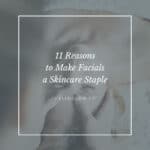
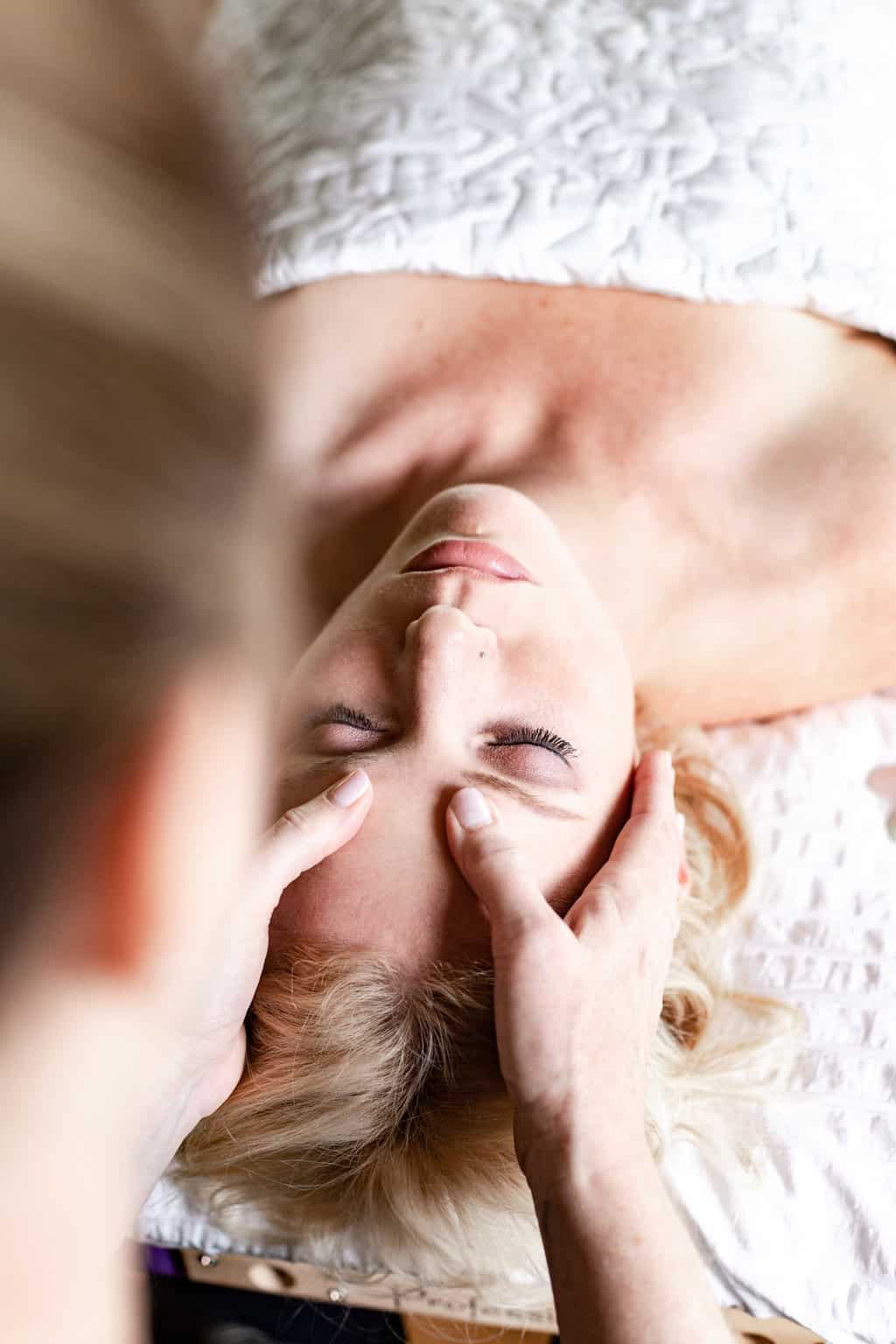
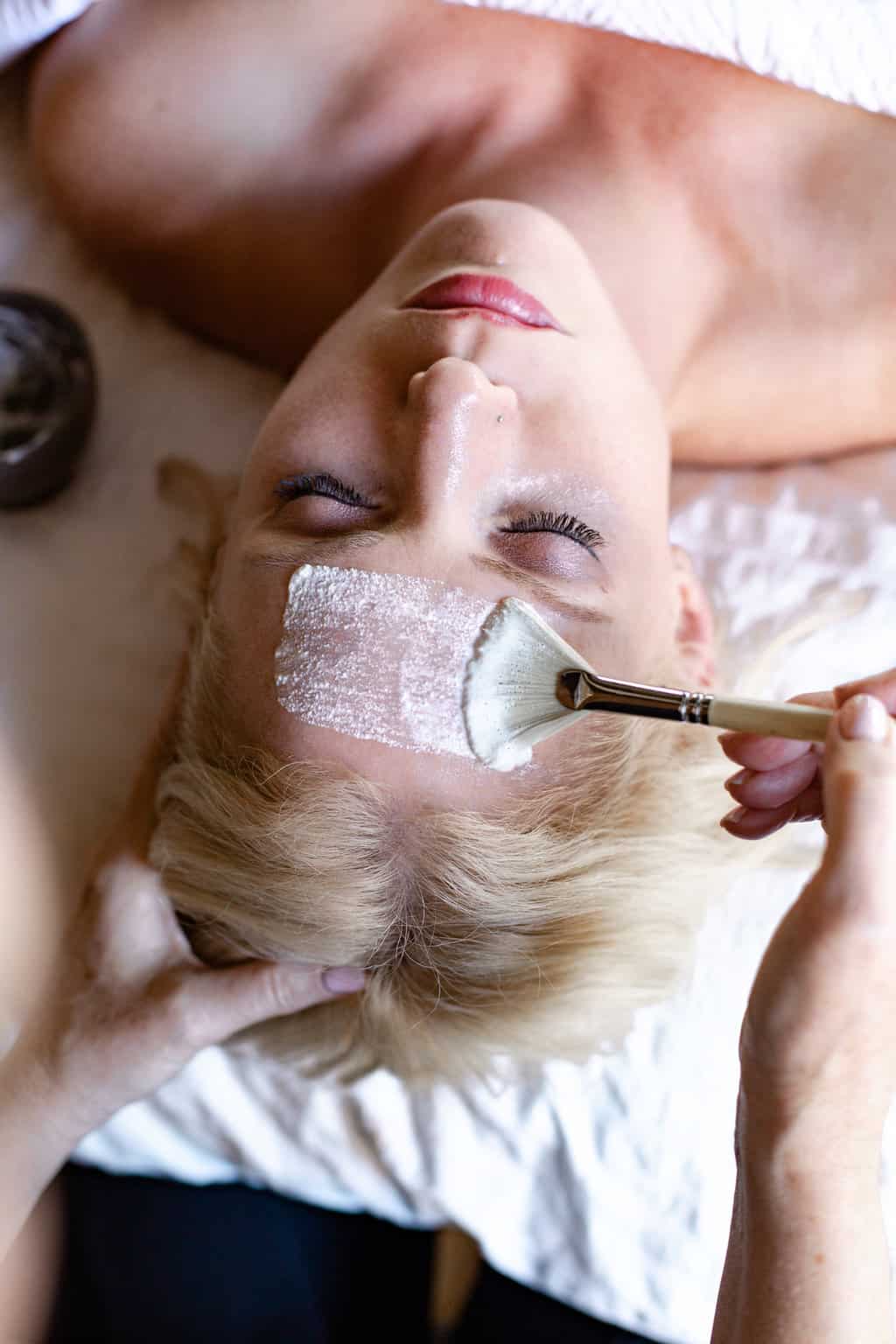


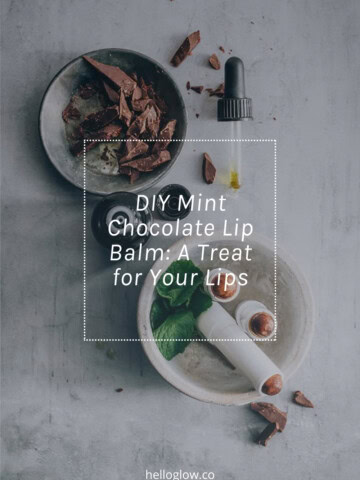
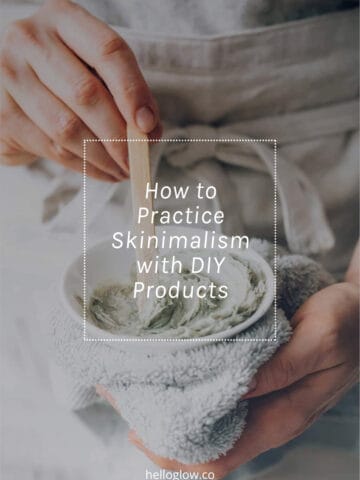

Leave a Comment